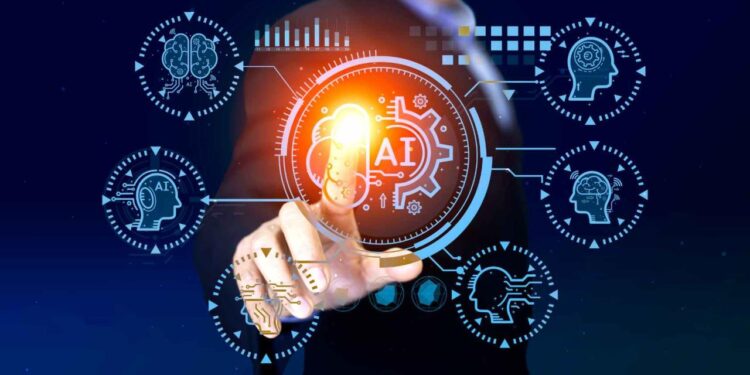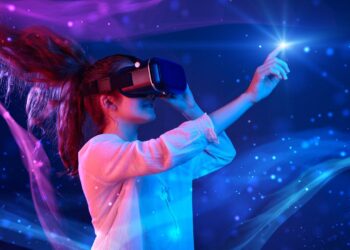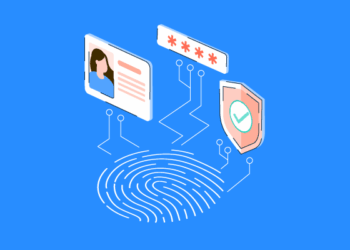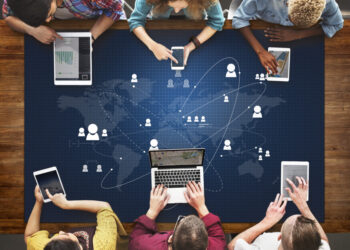For decades, our digital existence felt like a parallel, separate world—a place we entered by logging in and exited by logging off. It was a realm of desktops, screens, and deliberate, hand-on interactions. Today, however, that separation is a relic of the past. The future of digital living is not a world you enter and exit; it is an invisible, intelligent layer seamlessly woven into the fabric of our everyday lives. It is an era where technology is no longer just a tool but an environment, a partner, and a co-pilot that anticipates our needs and supports our aspirations without demanding our constant attention.
This isn’t a futuristic fantasy; it is the reality of right now, driven by the convergence of artificial intelligence, ubiquitous connectivity, and a new generation of smart devices. This article is a deep dive into this transformative era, exploring the core pillars that define our next-gen digital lifestyle, the groundbreaking technologies that are making it a reality, and the critical challenges we must navigate to ensure this future is one that is equitable, humane, and sustainable.
The Grand Convergence
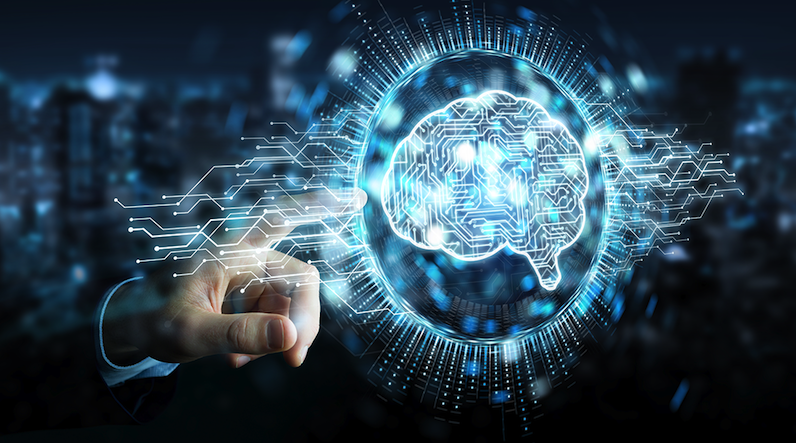
The digital revolution of the 21st century is defined by a philosophical shift from the desktop to the environment, and from the screen to the sound of our voice.
- The Evolution of Our Digital Selves: We have moved from a time when we had a single digital self (our email address) to a time when our digital identity is a complex, multifaceted entity that exists across a myriad of platforms, from social media to smart home devices. The future of digital living is about unifying this identity and making it work for us in a more cohesive way.
- The Shift from Tool to Environment: For most of human history, technology was a tool that we actively used. Today, it is becoming a part of our environment. Our homes, our cars, and even our clothes are now connected to the digital world. The most advanced technology is the technology that disappears, becoming an invisible part of our daily lives. This is the era of ambient computing, where technology is a seamless and non-intrusive force.
- The Rise of Ambient Computing: Ambient computing describes a world where a network of intelligent devices, often powered by AI, works in the background to provide support without demanding our input. It’s a world where our smart home automatically adjusts its temperature based on our schedule, where our car uses real-time data to find the most efficient route, and where our personal AI assistant can manage our calendar and our tasks without us having to lift a finger.
The Four Pillars of Next-Gen Digital Living
Our new digital lifestyle is built on a foundation of four interconnected pillars that prioritize personalization, integration, wellness, and a new approach to work.
A. Hyper-Personalization: The Rise of the Personal AI Assistant
The future of technology is deeply personal. Today, our digital assistants, like Alexa and Siri, are largely reactive. The future is proactive. The personal AI assistant of tomorrow will be a true co-pilot for our lives, capable of understanding our needs, anticipating our desires, and managing our digital world with a level of personalization that is currently unimaginable.
- It will manage our calendar, book our flights, and handle our finances.
- It will curate content based on our emotional state, playing a calming playlist when it senses we are stressed.
- It will learn our habits and preferences, from the kind of coffee we like in the morning to the news we want to read before bed.
B. Seamless Integration and Ubiquity: The Smart Home as an Intelligent Partner
The smart home of tomorrow will be more than just a collection of connected devices; it will be an intelligent partner. It will be a network of systems that works together in a cohesive, intuitive way. The home will know when you’re there, who you are, and what you need.
- It will automatically adjust the lighting and temperature as you move from room to room.
- It will manage your energy consumption in real time, saving you money and reducing your carbon footprint.
- It will connect your various devices, from your smart fridge that can order groceries when you’re running low to your security system that can alert you to a potential threat.This level of integration will make our homes feel more like a living, breathing ecosystem, a place that is designed to make our lives easier, more comfortable, and more secure.
C. Digital Wellness and Mental Health: Reclaiming Our Focus
As our lives have become more digital, our mental health has come under increasing strain. The future of digital living is about a new focus on digital wellness. This isn’t just about disconnecting; it’s about designing technology that is less addictive and more intentional.
- Apps and services will be designed with a focus on human well-being, with features that help us manage our screen time, cultivate mindfulness, and connect with others in a more meaningful way.
- Wearable technology will move beyond simple fitness tracking to provide real-time data on our stress levels, sleep quality, and emotional state, providing us with personalized insights and tools to improve our mental and physical health.
- Companies will embrace a new philosophy of tech-life balance, a world where work and life are seamlessly integrated, but in a way that prioritizes our well-being and our humanity.
D. The Reshaping of Work and Economy: The Era of Work-Life Integration
The pandemic fundamentally changed the way we work, accelerating a shift to a new, more flexible model. The future of digital living is a world where work and life are no longer separate but are seamlessly integrated.
- The rise of the digital nomad is a powerful example of this shift, with people able to work from anywhere in the world with a reliable internet connection.
- The gig economy will evolve into a more sustainable and equitable model, with a focus on providing workers with more stability, benefits, and a sense of community.
- Workplaces, both physical and digital, will be designed to support a new era of flexibility and collaboration, with a focus on fostering a sense of purpose and belonging.
The Technological Toolkit for Tomorrow’s Lifestyle
The vision of a next-gen digital lifestyle is made possible by a suite of interconnected technologies that are fundamentally changing the way we interact with the world.
- The Metaverse and Immersive Reality:
- Building Future Digital Communities: The metaverse is not just a gaming platform; it is a new social frontier, a place where people can meet, collaborate, and create in a shared virtual space. It is a place that is already being used to build new digital communities, to host virtual concerts, and to create new forms of art and commerce.
- AR/VR for Daily Life: Augmented reality (AR) and virtual reality (VR) will move beyond entertainment to become a part of our daily lives. We will use AR to navigate a city, to see a product in our home before we buy it, or to get real-time information about the world around us. VR will be used for everything from remote meetings to virtual travel.
- Fintech Innovation:
- The Future of Online Commerce: The way we shop and pay for things is constantly evolving. The future of e-commerce is a world of seamless, one-click purchases and personalized experiences.
- Digital Wallets and Decentralized Finance: The use of digital wallets and decentralized finance will become more widespread, providing people with a more secure, convenient, and accessible way to manage their money. Fintech innovators will be at the forefront of this revolution, creating new financial services that are more equitable and transparent.
- Next-Gen Connectivity:
- 5G and Beyond: The rollout of 5G and its subsequent evolution will provide us with a level of connectivity that is faster, more reliable, and more ubiquitous than ever before. This will be the foundation of our next-gen digital lifestyle, enabling new technologies and experiences that are currently unimaginable.
- The Power of the Edge: The future of computing is not a centralized cloud; it’s a network of decentralized data centers that are closer to the end user. This “edge computing” will provide a level of speed and low latency that is essential for a new generation of AR/VR and smart devices.
- Cybersecurity and Digital Identity:
- Protecting Your Digital Self: As our digital lives become more integrated into our physical ones, the need for robust cybersecurity will become more critical than ever. We will see new forms of biometric authentication and new technologies that can protect our digital identity from being stolen or compromised.
- The Blockchain and Data Privacy: The blockchain will be used to create a more secure and transparent way to manage our data. It will allow us to take control of our digital identity, giving us the ability to decide who has access to our information and how it is used.
The Challenges and Ethical Considerations

While the future of digital living is exciting, it is not without its challenges. Navigating these hurdles is key to building a future that is equitable, humane, and sustainable.
- The Digital Divide and Accessibility: As technology becomes more central to our lives, the gap between those who have access to it and those who do not will widen. The challenge is to ensure that the benefits of our digital future are available to everyone, regardless of their income, location, or ability.
- Data Privacy vs. Convenience: The most advanced digital services often require us to give up our data. The challenge is to find a balance between data privacy and convenience, to create services that are both intelligent and respectful of our privacy.
- The Risk of Creative Monoculture: As AI becomes more central to the creative process, there is a risk that all creative output will start to look the same. The challenge is to use AI as a tool to amplify human creativity, not as a replacement for it.
- Algorithmic Bias and Its Impact: AI models are only as good as the data they are trained on. If that data is biased, the resulting AI will be biased as well. The challenge is to create AI that is transparent, fair, and free from algorithmic bias, a technology that works for everyone.
Conclusion
The discipline of digital living is at a pivotal moment. The old models of living, based on a separation between our physical and digital selves, are no longer viable. The future of digital living is a world of seamless integration, where technology is a supportive, intelligent partner that is woven into the fabric of our everyday lives. It is a powerful fusion of technology and humanity, a commitment to a new way of living that is both more efficient and more meaningful.
This guide has only begun to explore the vast and exciting possibilities. We have seen how a blend of personal AI assistants, smart home automation, and cutting-edge technologies like the metaverse and fintech innovation is creating a new language of living. This transformation is not without its challenges; it requires a new skill set and a new way of thinking. But the opportunity is even greater. The ultimate reward for this shift in our digital philosophy is not just a reduction in our carbon footprint or a new level of convenience. It is the creation of a world that is more connected, more equitable, and more in tune with the rhythms of our daily lives. It is the creation of spaces that improve our health, enrich our lives, and foster a deeper connection to our communities and our planet. The future of digital living is a future that is defined by a new kind of humanity, a humanity that is both technological and profoundly human.

